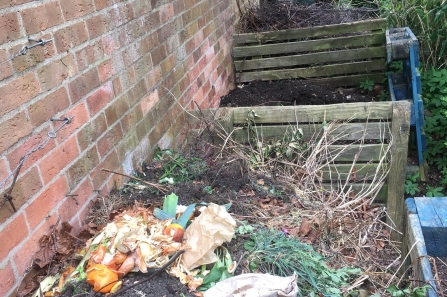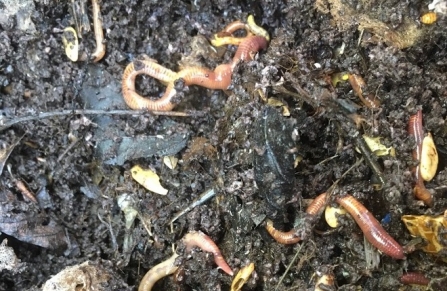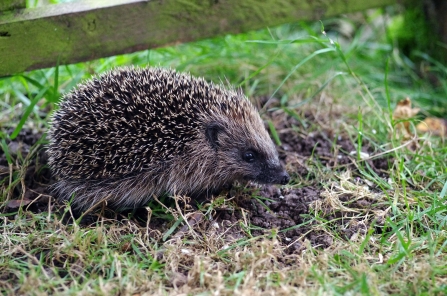I am heading down the garden with a bulging box of veg peelings, egg shells and apple cores; taking a moment of peace in the warm spring evening. I’m aiming for my compost heaps which are tucked against a wall. They’re partially shaded by an old apple tree, and they are invisible from most of the garden, but for me they are a treasured feature.
Compost heaps give huge benefits for the composter, local wildlife and the wider world. For starters any waste you put into your compost heap is not going to landfill. Compostable materials break down much more effectively at home than in a landfill site, and no fossil fuels are burned to transport them.




